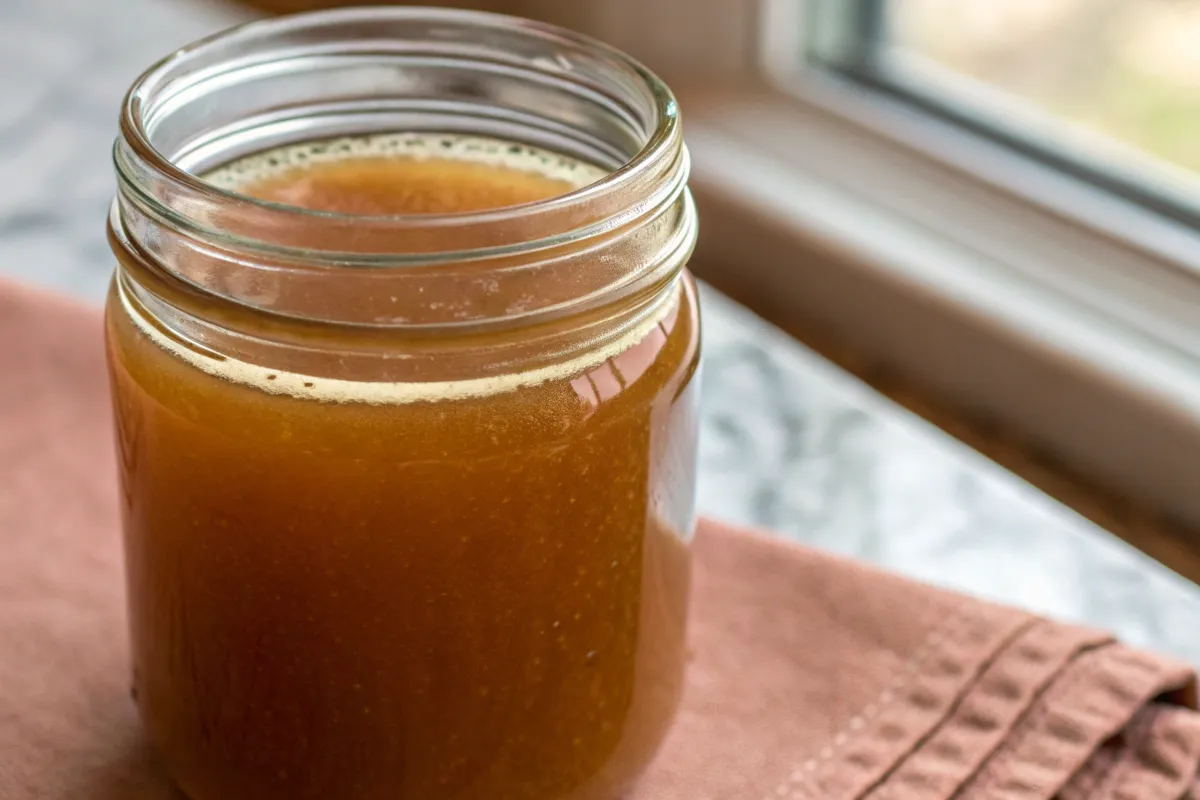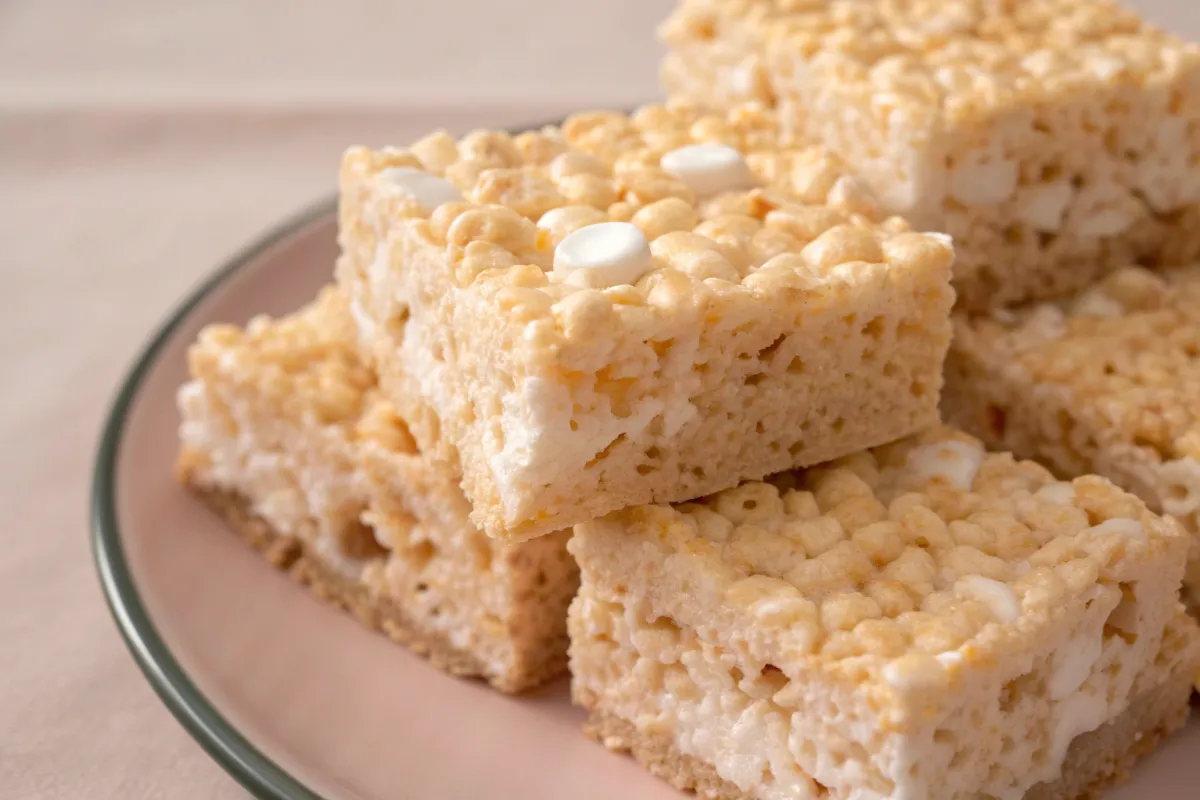The first time I made a homemade beef bone broth recipe, I felt like I was unlocking a culinary secret passed down through generations. The aroma of marrow-rich bones slowly simmering with vegetables and herbs is enough to make anyone feel instantly at home. There’s something magical about transforming humble ingredients into something so restorative, nourishing, and incredibly flavorful.
This beef bone broth recipe is more than just a base for soups or stews, it’s a timeless comfort food, a healing elixir, and a kitchen staple that I make year-round. Whether I’m sipping it on a chilly morning, using it as the base of a hearty beef stew, or freezing batches for later, this recipe always delivers.
It’s the perfect fit for health-conscious eaters, home chefs craving a nutrient-rich staple, or anyone looking to replace store-bought broth with something real. It’s also surprisingly budget-friendly and a great way to use leftover bones and veggie scraps.
Table of contents
Why This Beef Bone Broth Recipe Works Wonders
There are countless variations of bone broth floating around, but this one stands out for its depth of flavor, collagen-rich texture, and versatility. Here’s why it’s my go-to:
1. Roasted bones = deeper flavor:
Roasting the bones first caramelizes the meat and fat, which adds a savory depth that raw bones just can’t match. This step takes an extra 30 minutes but makes a world of difference.
2. Apple cider vinegar = nutrient unlocker:
A splash of ACV might seem odd, but it helps draw out the minerals and collagen from the bones into the broth. It’s a small addition that yields huge nutritional benefits.
3. Long, slow simmer = gelatin-rich broth:
I simmer my broth for at least 12 hours, sometimes up to 24. The longer the simmer, the richer the broth. You want it to jiggle like Jell-O when it cools—that’s how you know it’s packed with gut-loving gelatin.
4. Customizable to your needs:
Vegetarian in the family? Make a veggie-only version. Want more kick? Add garlic and chili flakes. Need to lower sodium? Skip the salt until the end. This beef bone broth recipe is totally adaptable.
Whether you’re looking for immune support, post-workout recovery, or a cozy cup of warmth, this recipe checks all the boxes.
Recipe Card
Pro Tips for a Flawless Beef Bone Broth Recipe
- Roast the bones properly: Don’t skip this step! Roast your bones at 400°F (200°C) for about 30–40 minutes until they’re deeply browned. This browning adds a roasted, umami depth that can’t be achieved with raw bones.
- Use a mix of bones: For the most collagen-rich and flavorful broth, I recommend a mix of marrow bones (like beef femur), knuckle bones, and meaty bones (like oxtail or short ribs). Knuckles and joints are collagen goldmines.
- Add cold water and vinegar first: Always start with cold water, and let the bones soak with apple cider vinegar for 30 minutes before turning on the heat. This helps draw out more nutrients, especially calcium and magnesium.
- Skim the foam: In the first hour of simmering, you’ll notice a grayish foam rise to the top. Skim it off with a spoon, this helps keep the flavor clean and reduces impurities in your broth.
- Simmer low and slow: Keep the heat low and gentle. A rolling boil can emulsify fats and cloud your broth. For that golden, clear finish, think slow and steady.
Tasty Twists on the Classic Beef Bone Broth Recipe
1. Herb-Infused Bone Broth
Add bundles of fresh herbs like thyme, rosemary, and sage toward the end of the simmering process (last 1–2 hours). This variation brings a fragrant, almost tea-like quality to the broth, perfect for sipping warm on cooler days.
2. Spicy Asian-Inspired Bone Broth
This version draws inspiration from pho or ramen broths. Add slices of fresh ginger, garlic, star anise, cinnamon sticks, green onions, and a few dried shiitake mushrooms. A dash of fish sauce or soy sauce deepens the umami. It’s especially delicious as a base for noodle bowls.
3. Mediterranean Bone Broth
To give your broth a zesty Mediterranean flair, include dried oregano, bay leaves, sun-dried tomatoes, and a strip of lemon peel. Serve it with orzo or drizzle it with a touch of extra virgin olive oil when serving.
4. Low-FODMAP Bone Broth
For those following a low-FODMAP diet, skip the garlic and onions. Instead, use the green tops of scallions or leeks, fresh herbs, and celery. You’ll still get a deep flavor without triggering sensitivities.
Let’s Sip on This
I hope this beef bone broth recipe brings as much warmth and comfort to your kitchen as it does to mine. There’s something deeply satisfying about turning a few humble bones and veggies into liquid gold, rich, restorative, and bursting with goodness. Whether you’re sipping it straight on a chilly morning, using it as a base for your favorite soups, or fortifying your wellness routine, this broth is a game-changer.
If this was your first foray into homemade broth, congratulations, you just stepped into a culinary world that’s as healing as it is flavorful. And if you’re a seasoned broth-maker? Let this be a reminder of how much a simple pot of broth can do for your health and your next meal.
If you loved this beef bone broth recipe, you might enjoy Bone Broth Hot Chocolate Recipe!
FAQs
The best bones for beef bone broth are a mix of marrow bones, knuckle bones (rich in collagen), and meaty bones like short ribs or oxtail. Combining types ensures deep flavor and a gelatin-rich finish. You can ask your butcher for a mix suitable for broth.
A non-gelatinous broth usually means not enough collagen-rich bones were used, or it didn’t simmer long enough. Knuckle bones and joints are your best bet. Also, avoid boiling too hard, gentle simmering over many hours allows collagen to extract fully.
Cool the strained broth and store it in glass jars in the refrigerator for up to 5 days. For longer storage, freeze in ice cube trays or airtight containers. Reheat only what you need on the stove or in the microwave.
Yes, you can reuse the bones once more, though the second batch will be lighter in flavor and nutrients. Add a few fresh bones or more veggies to boost it.
And don’t forget to bookmark or share this recipe with anyone looking to eat more whole, nourishing foods. It’s a small step with big impact, on your health, your wallet, and your home cooking skills.











Leave a Reply